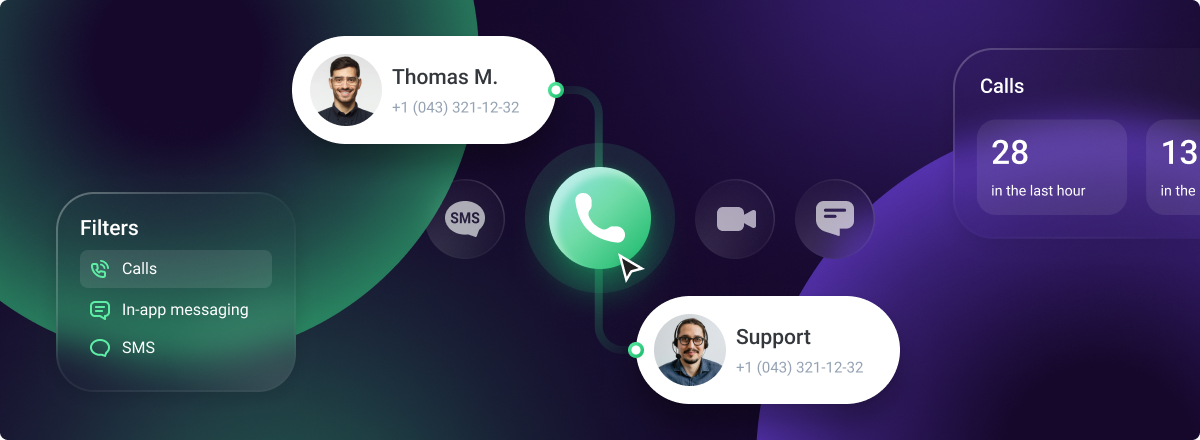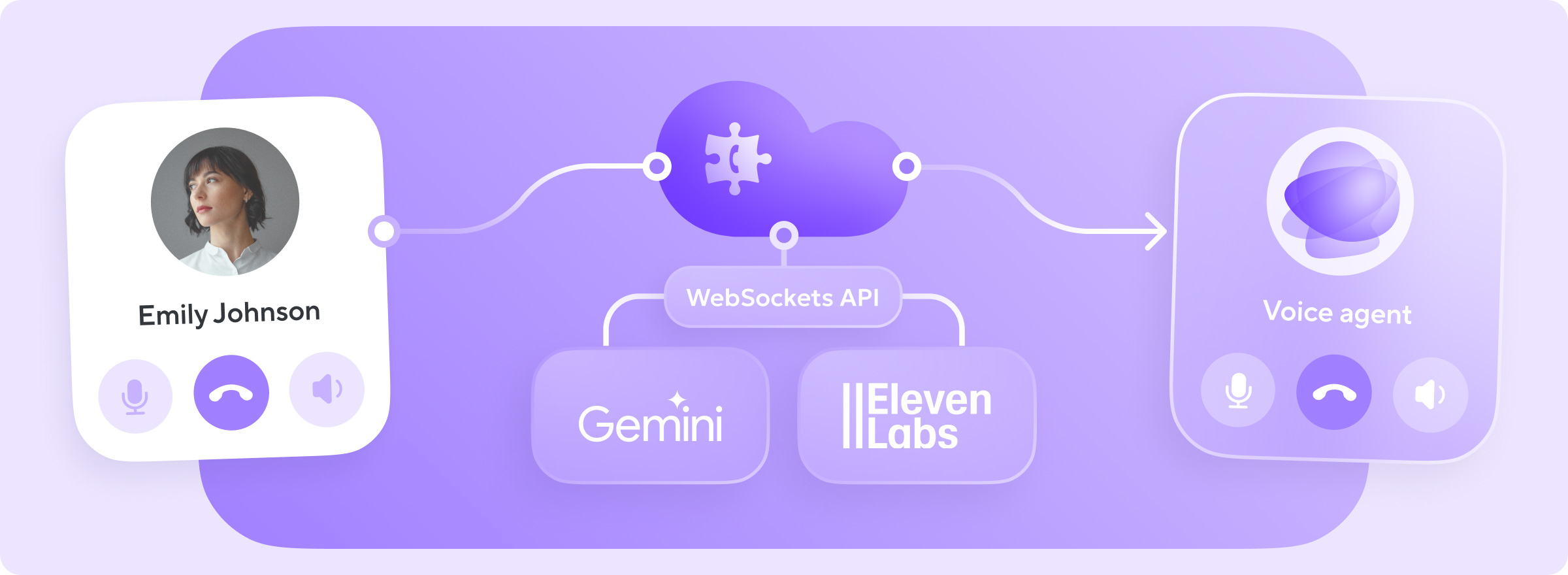Today, we are faced with a business reality in which many companies work remotely, with teams spread across different locations. It becomes harder to bring teams of multiple time zones together and especially to create and conduct important training for them. Well-organised training not only informs your employees of important information but also improves team productivity. So it's no surprise that more and more companies are starting to take remote training seriously.
Where do you start when planning remote team training?
The main thing to understand when planning remote training is whether or not you already have all the necessary information for the training. Here are the steps you can follow to guide you through the remote training:
- Gather a team of knowledge holders on the topic to create some knowledge base you can rely on when creating the training itself if you do not already have the needed materials for the training.
- Choose an LMS (Learning Management System) with the most adaptive tools (such as having a mobile version) and intuitive interface. Seturon LMS is a great example that has advanced settings to create personalised learning paths based on current students’ knowledge. Such LMS will help you foster a life-long learning attitude among teams and engage people in the learning process.
- Have an Instructional Designer or a Learning Experience Designer plan and create the training based on a gathered knowledge base. An ID/LXD professional will start with the brief, setting learning goals and outcomes that need to be achieved during the said training.
- Launch the training.
- Gather feedback from participants to have insights on what was good and what needs to be improved.
- Analyse the feedback to gather insights on your company’s employees' learning styles, and improve the training.
What types of remote training can be done with an LMS?
There are different types of remote training that can be done. From onboarding to advanced learning, the majority consists of one or multiple types of learning activities, depending on the learning goals you have for training. Here are a few popular examples you can consider to implement into your training or course:
- Synchronous online training (live):
Real-life sessions using video conferencing tools. - Asynchronous online training (self-paced):
Pre-recorded lectures and interactive learning materials are accessible anytime online. - Blended-learning:
Usually combines both online and offline training, but in a remote setting combines synchronous and asynchronous training. - Webinars:
Online seminars focused on one specific topic, usually live, but can be recorded for on-demand access. - Interactive e-book with digital content:
Theory in text, usually supported by illustrations, videos, quizzes and other interactive elements. - Microlearning:
Short learning units targeted on acquiring a specific skill or knowledge. - Social learning:
Learning through communities via forums, chats, and other social platforms, facilitating peer-to-peer knowledge sharing. - Gamified learning:
A learning activity with interactive scenarios that is created in a game-like way, mimicking real-life situations. - Podcasts and audio materials:
Educational content delivered in an audio format. - Assessment and quizzes:
A knowledge-checking activity, usually interactive and with the possibility of instant feedback to students.
When using an LMS for your corporate training you have such benefits as having a centralised learning environment for the whole company, scalability when it comes to launching multiple trainings or courses, accessibility that allows students to learn anytime and from anywhere, cost-effectiveness, and data-driven insights to help you improve your further training.
Onboarding New Team Members
Whether a new team member has just been hired, or it’s an employee from another department who switched teams, nothing helps them start bringing benefits faster than a good onboarding.
Remote training makes it easy to introduce new hires to company values and its mission, essential tools used within the company, processes, and policies, - no matter where they are working from they can easily access all the necessary training. By delivering interactive modules, adaptive learning paths, and tailored resources, remote onboarding ensures that new team members feel prepared and supported from day one. It’s not just for getting them up to speed, it’s about setting them up for a long-time success in their role.
Advanced Learning for Employees in a Cloud Contact Center
Advanced learning ensures that employees can excel in both customer interactions and complex service scenarios. A training containing interactive modules that are targeted at acquiring necessary skills for each agent, taking into consideration their current skill level, allows agents to build their expertise at their own pace and revisit key skills as needed. LMS-powered remote training supports skill and career development without even disrupting the workflow. Such training not only enhances their knowledge and prepares them better for real-work tasks, but also gives them confidence in their skills, empowering them to provide exceptional service. Helping your employees upskill is key for companies to have competitiveness in the market. Continuous learning ensures the members of the team stay updated with needed competencies, trends, and best practices.
Product Training
When a cloud contact centre introduces a new feature or service, it’s essential to train the team quickly to ensure consistent and effective communication with customers. For example, if the centre launches an upgraded call-routing feature, training for customer support agents helps them understand the new tool and confidently explain it to customers. This training can include interactive lessons and realistic scenarios to help the team understand how the feature works and practice handling customer questions or troubleshooting related issues.
Soft Skills Training
Stepping into a leadership role requires additional skills to manage a team effectively. For instance, being promoted to team lead can be both exciting and challenging, as it involves adapting to team dynamics and taking on new responsibilities. Training that covers leadership, effective communication, and conflict resolution can help new leaders succeed in their roles. With these skills, they’ll be better equipped to motivate the team, delegate tasks, and manage performance, preparing them to handle everyday challenges in a contact centre environment.
Investing in well-structured remote training is essential in today’s remote work environment. From seamless onboarding that sets new hires up for success to advanced training that empowers experienced employees, a well-chosen LMS can transform the learning experience. With the right tools, companies can ensure that employees across all levels and departments are not only equipped with essential knowledge but are also engaged and motivated to grow.
To remain competitive, it’s critical to adopt software that drives efficiency and growth. Discover the Best Software to Guarantee Business Growth in 2025 to learn how to leverage cutting-edge tools for success in the upcoming year.





